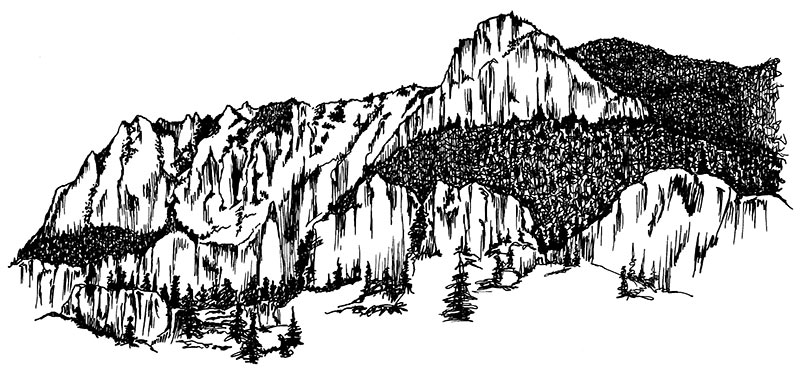Volcanic activity occurred throughout the Silver Thread region. The cliffs on the east side of the river, known as the Palisades, were formed after cooled and hardened volcanic debris shrank to form intersecting cracks, similar to how a drying mud puddle shrinks. These cracks separated the bedrock into the columns that you see today. In Creede and Lake City, the cracks were filled with the precious minerals later discovered by prospectors.

